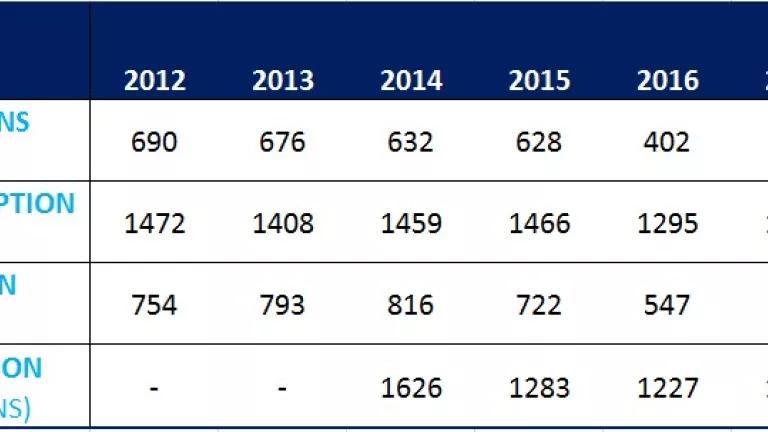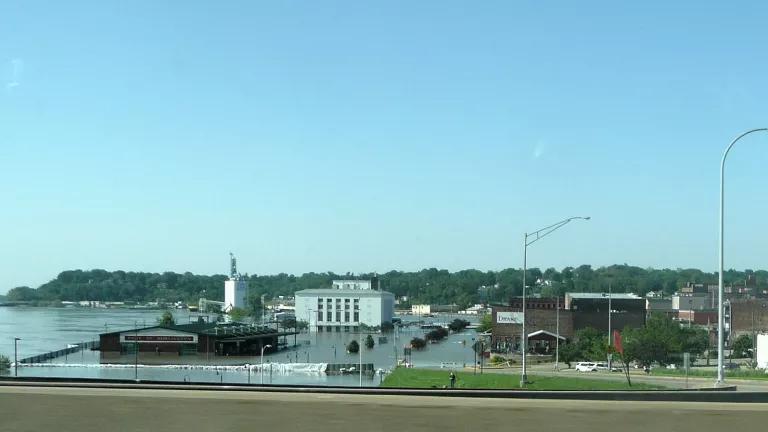Novel program benefits city, local businesses, and property owners
If you own a commercial property in Philadelphia, you just might be able to get the Philadelphia Water Department (PWD) to pay for stormwater improvements on your land. These improvements would not only improve the value of your property, they would also likely reduce flooding, make your property look better, and greatly reduce your monthly stormwater fees.
From July through September 2014, private non-residential property owners in Philadelphia were awarded just over $8 million in grant funds through PWD's innovative green infrastructure subsidy programs. In exchange, PWD obtained a total of 92 "greened" acres on private land that the city can count toward its 9500 greened acre goal. Crucially, by subsidizing retrofits on private land, Philly got the greened acres at a fraction of what the cost would be if it were to have obtained 92 greened acres by retrofitting paved space in the public right-of-way such as city streets and sidewalks. (Philly paid $8 million for these 92 greened acres on private land, whereas similar capture in the public right-of-way would have likely cost at least $23 million).
A new Issue Brief published today by the NRDC outlines the structure of Philly's innovative green infrastructure grant programs, with a focus on the Green Acre Retrofit Program (GARP). In contrast to most grant or subsidy programs for green infrastructure on private property, GARP encourages project aggregation, utilizes a competitive award process, and puts contractors in the position to seek out the most cost-effective opportunities and bring them to the attention of the Water Department. Also of note, and outlined in the new NRDC Issue Brief, is that the GARP utilizes a pay-for-performance arrangement to ensure long-term maintenance of the green stormwater assets on private property. The long-term maintenance aspect is crucial because Philadelphia will be relying on distributed green assets on both private and public property in order to meet its obligations under the Clean Water Act to reduce its extensive and regular sewer overflows. (In an effort to help additional cities replicate elements from Philly's program where appropriate, we are sharing a downloadable copy of PWD's Operations and Maintenance Agreement.)
Stormwater regulatory requirements for all cities are on a trajectory of becoming more stringent - and the need for green infrastructure and better stormwater management is becoming more acute with climate change and aging infrastructure. Philadelphia is not alone in realizing that green infrastructure can be a cost-effective way to meet its water quality goals while also improving property values, air quality, and regulating urban temperatures. However, Philadelphia's GARP goes beyond most other cities' in its scale, innovative attributes, and creation of robust legal assurance of long-term performance of those assets.
While many aspects of Philadelphia's grant program were tailored specifically to Phialdelphia's regulatory needs, specific principles from GARP can be applied broadly, and the particulars of GARP are adaptable to anywhere that would like to better leverage private property retrofits into meeting their water quality goals. Our purpose in writing the Philadelphia case study was to document one city's process of program developement so that other cities can better understand how Philly created a path forward for green infrastructure that holds enormous potential--not just to meet water quality goals and save the city some serious cash, but also to transform the look and feel of an urban landscape.



